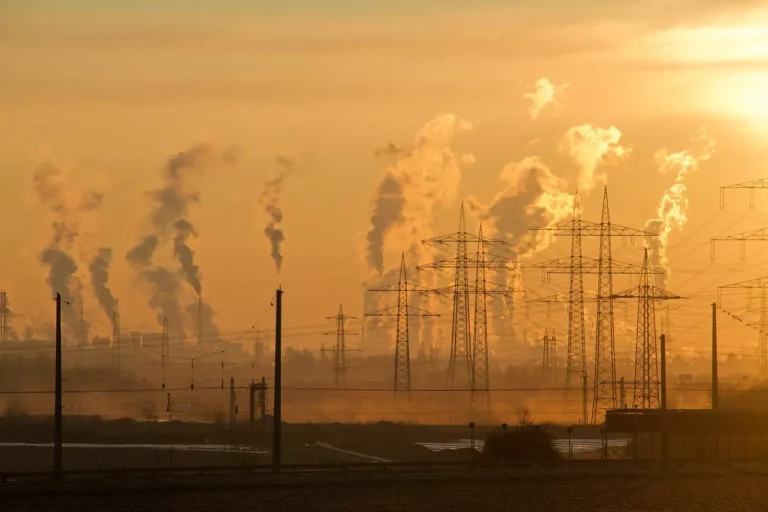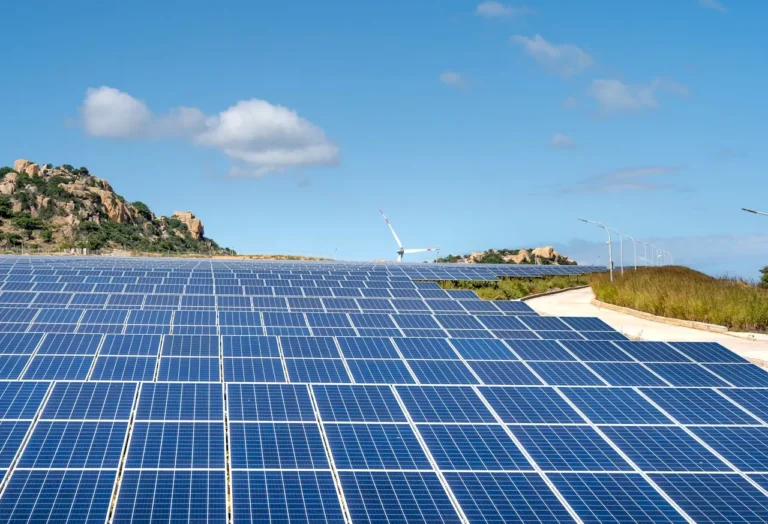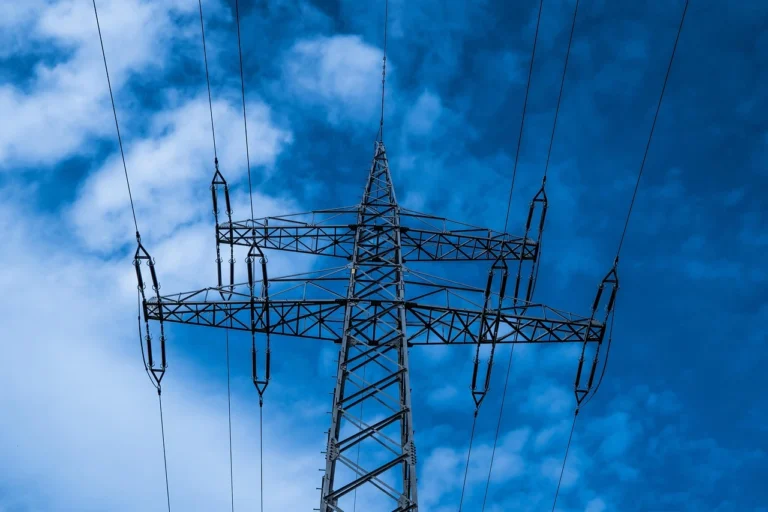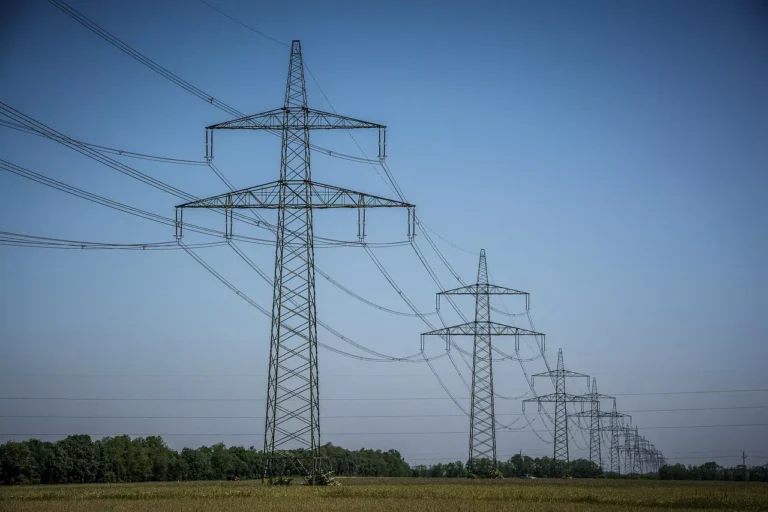
Essential Utilities Drives Infrastructure Renewal with Over $1 Billion Investment in 2024
As the American Society of Civil Engineers (ASCE) unveils its 2025 Report Card for America’s Infrastructure—highlighting widespread challenges and calling for urgent, long-term investment—Essential Utilities is stepping up its efforts to modernize critical systems nationwide. With a commitment to safe, sustainable service delivery, Essential is channeling more than $1 billion annually into revitalizing water, wastewater, and natural gas infrastructure across the nine states it serves.
The ASCE’s latest report underscores a reality many infrastructure providers are already grappling with: the nation’s essential systems are aging, overburdened, and underfunded. The report reveals troubling grades in several categories, with drinking water infrastructure rated a “C-”, wastewater at a “D+”, and energy infrastructure also at a “D+”. These grades signal widespread vulnerabilities that threaten public health, environmental safety, and economic stability.
Christopher Franklin, Chairman and CEO of Essential Utilities, reaffirmed the company’s proactive approach to tackling these challenges head-on.
“The ASCE’s 2025 report underscores what we have long recognized—our nation’s infrastructure requires urgent, sustained investment,” Franklin said. “As one of the country’s largest providers of water, wastewater, and natural gas services, Essential has both a responsibility and a strong commitment to deliver solutions. We have made—and will continue to make—long-term capital investments to modernize our systems and strengthen the safety, reliability, and sustainability of essential services for our communities.”
Sustained Capital Commitment Across States
Essential Utilities has proven that commitment through action. Since 2020, the company has invested over $5.4 billion in capital improvement projects aimed at reinforcing critical infrastructure systems. In 2024 alone, Essential allocated more than $1.3 billion to infrastructure renewal across its water, wastewater, and energy service areas.
These investments span a wide array of projects focused on safety, modernization, and resilience, including:
- Replacing over 1,600 lead and galvanized water service lines to protect public health and improve water quality.
- Upgrading nearly 410 miles of outdated pipelines—including water, wastewater, and natural gas systems—helping reduce leak risks and improve service reliability.
- Spending $4 million to replace 450 customer-owned lead service lines in Chester County, Pennsylvania, at no cost to the homeowners, directly addressing one of the most pressing environmental health concerns in legacy water systems.
- Modernizing the Manakin Farms Wastewater Treatment Facility in Goochland County, Virginia, to reduce the amount of sludge sent to landfills, enhance treatment performance, and improve environmental sustainability.
- Constructing a new 500,000-gallon water tower in Beau Rivage, North Carolina, designed to improve local water pressure and ensure reliable service even during high-demand periods.
Responding to Public Health Concerns
The ASCE’s report also emphasizes the need to confront hazardous contaminants, particularly PFAS (per- and polyfluoroalkyl substances) and lead—substances increasingly found in water systems across the U.S. PFAS contamination earned a ‘C’ grade in the report, pointing to the urgent necessity of expanding treatment technologies and updating federal and state regulations.
Essential Utilities has taken a leadership role in this area as well. The company began proactive PFAS testing in 2017—well before regulatory requirements intensified—and continues to lead the sector in adopting advanced treatment solutions. In 2024, Essential invested $27 million specifically in PFAS mitigation efforts. These investments are often paired with applications for low-interest grants and loans to minimize customer rate impacts.
Likewise, the company earmarked $23 million for lead service line remediation in 2024. Beyond replacing over 1,600 lead or galvanized pipes, Essential is working directly with municipalities to identify and eliminate customer-owned lines that pose long-term risks to families and communities.
Meeting Energy Infrastructure Demands
Essential Utilities also plays a vital role in modernizing the nation’s energy infrastructure, particularly through its natural gas operations. With the ASCE’s 2025 report grading energy infrastructure a troubling “D+”, and rising demand being fueled by data center expansion, population growth, and climate commitments, the urgency to act has never been greater.
Natural gas remains a key component in bridging current energy demands and future renewable goals. It provides a reliable, flexible energy source that supports heating, cooking, and industrial use, particularly during peak usage periods and in regions where electrification remains a longer-term objective. Essential’s natural gas upgrades are designed not only to improve safety and reduce emissions but also to prepare for future hybrid energy systems that integrate gas with renewable sources.

Bridging the Investment Gap
The ASCE estimates a $3.7 trillion gap between current infrastructure funding and what’s actually needed to restore and maintain the nation’s systems at acceptable standards. This gap reflects decades of deferred maintenance and underinvestment, especially in utility sectors that are less visible than roads and bridges but no less critical.
By investing aggressively now, Essential Utilities aims to help close that gap. The company’s future-facing infrastructure program includes more than $1.4 billion in planned investments for 2025, with approximately $7.8 billion allocated through 2029.
These planned projects will directly support:
- Continued pipeline and facility modernization
- Adoption of smart grid and monitoring technologies
- Lead and PFAS mitigation efforts
- Stormwater and wastewater upgrades in vulnerable communities
- Water supply diversification and sustainability planning
In each of these areas, Essential’s strategy is not only about fixing aging systems but also preparing for the future—whether that means adapting to climate change, meeting more stringent environmental regulations, or ensuring system redundancy during emergencies.
Long-Term Benefits for Communities
Essential’s capital improvement program offers a host of long-term benefits for customers, municipalities, and regulatory stakeholders. Investments in core infrastructure translate into:
- Improved public health outcomes through cleaner, safer drinking water and cleaner air
- Increased reliability and fewer service disruptions, particularly in regions prone to extreme weather events or growing populations
- Greater environmental sustainability, thanks to reduced water loss, lower emissions, and improved waste treatment processes
- Stronger local economies, as infrastructure projects create jobs and enhance property values
- Regulatory compliance, with modernized systems designed to meet both current and emerging federal and state standards
A National Example of Infrastructure Stewardship
The ASCE’s Infrastructure Report Card serves as a call to action—and Essential Utilities is answering that call with purpose. Through disciplined, ongoing capital investment, the company is not only maintaining its own systems but also contributing to a broader national effort to create safer, more resilient infrastructure.
Whether it’s replacing century-old pipes, building treatment facilities, mitigating contaminants, or planning for energy demand in a digital economy, Essential Utilities is positioning itself—and the communities it serves—for long-term success.
As the infrastructure conversation continues to gain national attention, Essential’s model of proactive investment, environmental stewardship, and community engagement could serve as a blueprint for utility providers across the U.S.











